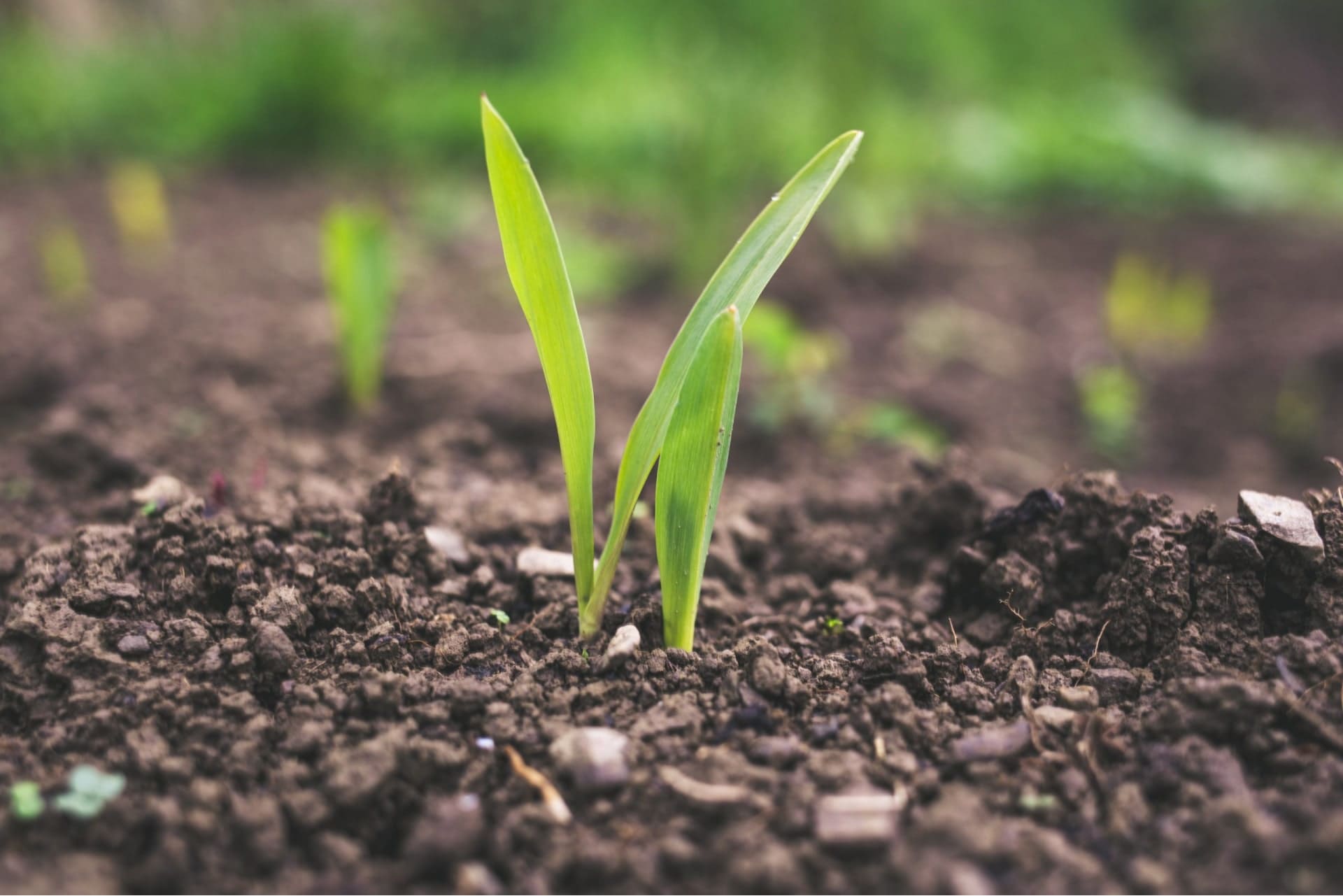
The Future of Agriculture Lies in Regenerative Farming
By Admin | September 5, 2024
In a world where agriculture is often seen as a contributor to environmental degradation, regenerative farming is emerging as a powerful solution that could reshape the future of farming. It’s not just about growing crops anymore—it's about growing healthier ecosystems. Regenerative farming offers a holistic approach that goes beyond organic farming. The focus here isn’t merely on avoiding synthetic inputs; it’s about restoring and enhancing soil health, boosting biodiversity, and ultimately regenerating the land itself
The backbone of regenerative farming lies in rebuilding soil health. Imagine soil as the heart of the farm—when it’s thriving, everything around it flourishes. Practices like cover cropping and crop rotation are not new, but they take on a deeper meaning in regenerative farming. These methods protect the soil from erosion, ensure the nutrients are replenished, and enhance the water retention capacity of the land. But it's not just the soil that benefits. When farms start reducing tillage, they’re not only minimizing soil disturbance but also improving soil organic matter, making the land more fertile over time
Biodiversity plays a critical role in regenerative farming. Traditional farming often focuses on monoculture—growing one crop in vast quantities. However, regenerative farming flips this concept on its head. By promoting intercropping, agroforestry, and creating natural habitats, farmers are creating a balanced ecosystem. This increases plant and animal diversity, encourages the presence of beneficial insects, and reduces the need for harmful pesticides. Essentially, you’re not just growing crops; you're cultivating a mini-ecosystem
A major benefit of regenerative farming is the reduction in chemical inputs. Think about it—traditional farming often relies heavily on synthetic fertilizers and pesticides. Over time, this depletes soil health, harms biodiversity, and can even contribute to climate change. Regenerative farming, on the other hand, embraces Integrated Pest Management (IPM). By relying on natural predators, cultural practices, and minimal chemical inputs, farmers can manage pests more sustainably. This keeps the crops healthy while reducing the impact on the surrounding environment
Regenerative farming is the future of agriculture, offering a path forward that heals the earth, empowers farmers, and ensures food security for generations to come
Farmers who practice regenerative farming often find that their land becomes more resilient to climate stresses like droughts, floods, and extreme weather events. This resilience is essential in an era where climate change is unpredictable and often devastating to traditional agricultural systems. The emphasis on nutrient cycling and integrating livestock into cropping systems helps to restore balance to the land. Livestock, for example, naturally fertilize the soil, enriching it in ways that synthetic fertilizers can’t replicate
But why should we care about regenerative farming, beyond its environmental impact? The answer is simple: it benefits everyone involved, especially the farmers. By building healthy, nutrient-rich soil, crops grow stronger and yields increase. This means higher productivity and reduced input costs, leading to better profitability for farmers. At the same time, reducing chemical inputs and practicing conservation methods can significantly cut down on water pollution and soil erosion. And perhaps one of the most compelling advantages? Regenerative farming promotes the sequestration of carbon in the soil, turning agriculture into a potential solution for climate change rather than a contributor
While regenerative farming might seem like a grand vision, it’s already happening. Around the world, farmers are embracing this approach to grow healthier food, protect the environment, and build stronger farming communities. Practices like no-till farming, where crops are planted directly into undisturbed soil, are already proving successful in reducing soil erosion. Agroforestry, which integrates trees and shrubs into farming landscapes, is boosting biodiversity and reducing land degradation. Cover cropping, another widely adopted practice, shields the soil during off-seasons, enriching it with nutrients and keeping it healthy for the next planting cycle
Regenerative farming is not just a trend—it's the future of agriculture. As the global demand for sustainable food grows, this farming method offers a way to meet the needs of a growing population without depleting the earth's resources. It's a solution that supports both the environment and the people who rely on the land for their livelihoods. In the end, regenerative farming isn't just about producing food—it's about cultivating a future where farming works hand in hand with nature, not against it
